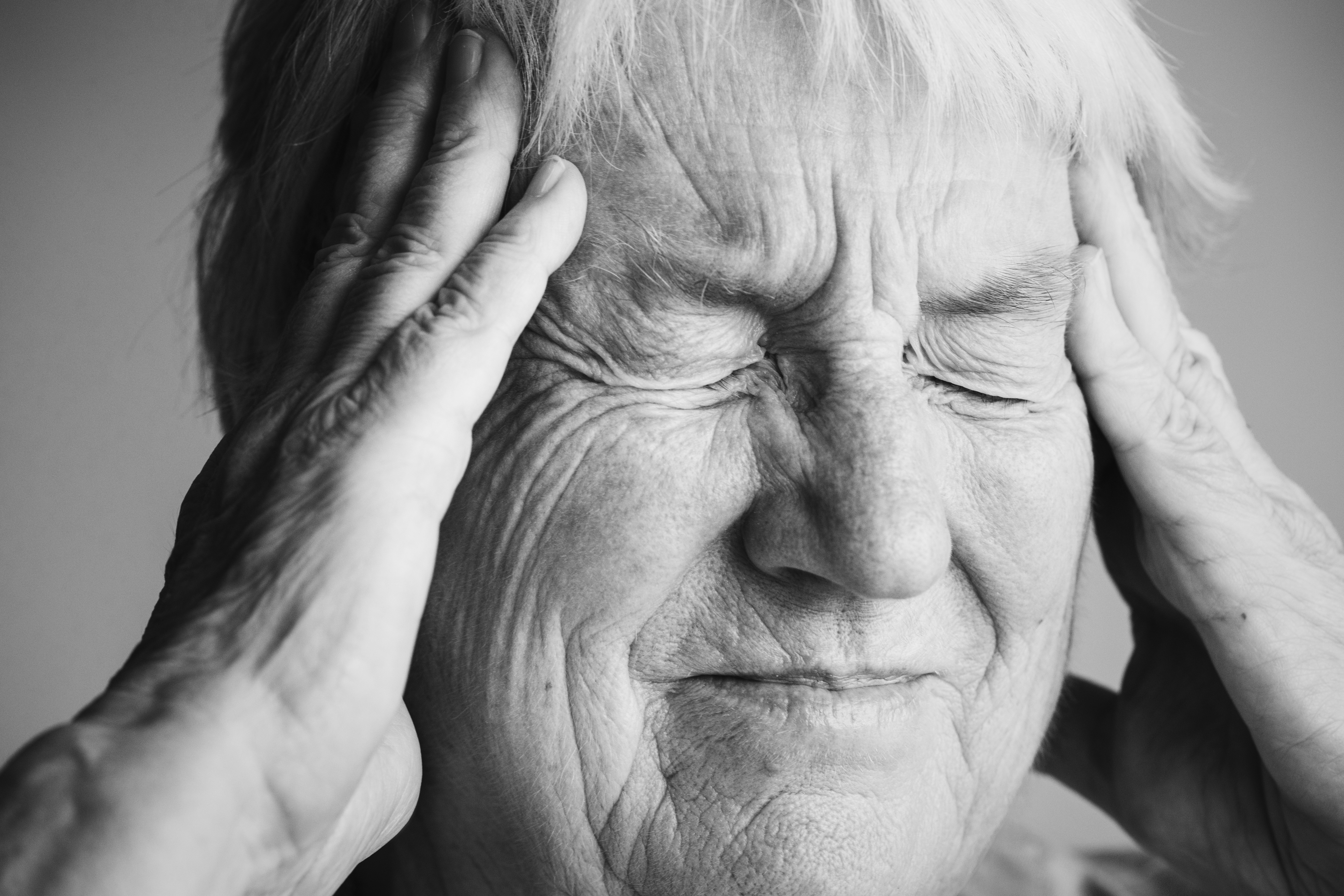Every Second Counts: Recognize Stroke Symptoms and What to Do
When it comes to strokes, time is critical. Every minute that passes can mean the difference between full recovery and lasting disability. Knowing the signs — and acting fast — can save a life.
What Is a Stroke?
A stroke occurs when blood flow to part of the brain is interrupted or reduced, depriving brain tissue of oxygen. There are two main types of stroke. Ischemic stroke is caused by a blood clot blocking a vessel and is the most common kind of stroke. A hemorrhagic stroke is caused by bleeding in or around the brain. Both are medical emergencies that require immediate treatment.
How to Recognize a Stroke: The BE FAST Test
Balance - Watch for sudden loss of balance
Eyes - Check for vision loss
Face - Look for droopy/uneven smiles
Arm - Check if one arm is weak
Speech - Listen for slurred speech
Time - Call 9-1-1 right away
Even if the symptoms seem to go away, they may signal a transient ischemic attack (TIA) — a “mini-stroke” that can precede a major one. Don’t wait to see if it gets better.
While FAST covers the most common indicators, strokes can also cause sudden confusion or trouble understanding speech, sudden vision changes in one or both eyes, sudden dizziness, loss of balance, or coordination and sudden severe headache with no known cause.
If something feels suddenly wrong, trust your instincts and call for help. Call 911 immediately – don’t drive the person to the hospital yourself, paramedics can start life-saving treatment on the way.
And remember, the best stroke treatment is prevention. Lower your risk by:
- Managing blood pressure and cholesterol
- Controlling diabetes
- Quitting smoking
- Exercising regularly
- Eating a balanced, low-sodium diet
- Seeing your doctor for regular checkups
PULL OUT BOX:
In an effort to raise awareness about the causes and effects of a stroke, and to educate our community, Medical Center Health System has created a Stroke Tool Kit. This tool kit is a series of four short videos with valuable information on stroke. Knowing about strokes can be lifesaving!






